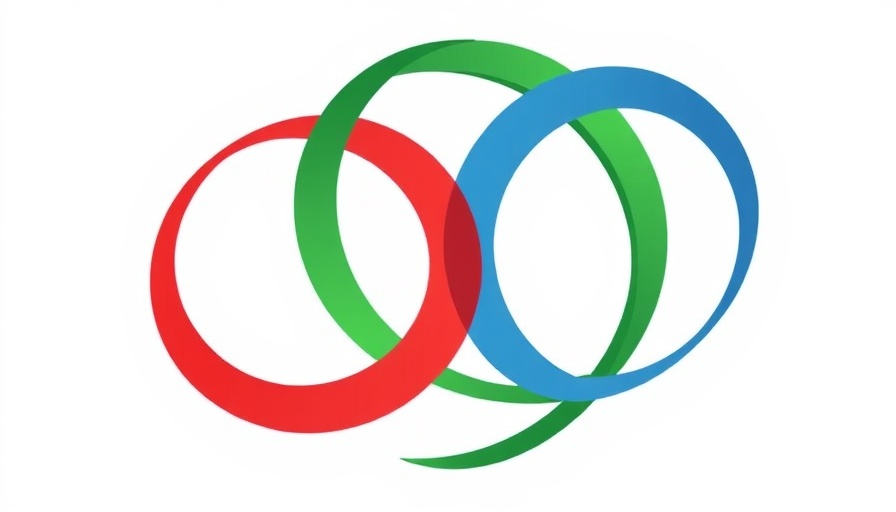
Unpacking the Myths: U.S. Aid Cuts and South Africa's Reality
The conversation surrounding the drastic cuts in U.S. foreign assistance to South Africa is riddled with common misconceptions that dilute the complexities of international diplomacy. Many believe that the cancellations are specific to South Africa, driven by its legal actions against Israel and contentious land policies. However, the reality is more nuanced.
Myth 1: U.S. Aid Cuts Target South Africa Specifically
While it is tempting to blame South Africa's domestic policies for the cuts, evidence suggests that the suspension was broader. An executive order issued by President Trump halted virtually all international development funding, impacting various countries, including those in dire need, such as Sudan and Ethiopia. This indicates that the aid reductions were part of an overarching policy shift rather than a reaction specifically to South African actions.
The Wider Impact of U.S. Aid Suspension
Understanding the context in which these cuts occurred can help illuminate the full impact of U.S. funding terminations. Across the globe, organizations providing essential services—food aid, mental health support, and health care for HIV patients—faced immediate halts. In South Africa, many AIDS response services were severely affected, highlighting a humanitarian crisis that extends beyond political friction with the U.S.
Myth 2: PEPFAR is Safe from Cuts
Another prevalent misconception revolves around the PEPFAR program, which many believe remains untouched by these cuts. However, the aid reductions have seen a significant portion of health-related funding suspended. The PEPFAR program, historically known for its work in combating AIDS across Africa, is not immune, as operational funding significantly relies on broader USAID support.
Understanding the Real Reasons Behind Aid Cuts
While some narratives suggest that political pressures specifically targeting South Africa drove these changes, it is vital to recognize that this suspension emerged from a clear strategy to reevaluate international funding priorities deemed non-essential to U.S. interests. This has far-reaching consequences, including the scaling back of initiatives that aim to bolster economic stability and health resilience in African nations.
The Broader Picture: Global Aid and South African Needs
South Africa's situation epitomizes the complex interplay between domestic policies and international relations. As funding cuts loom, it becomes crucial for policymakers and leaders to advocate for continued support, recognizing the interconnectedness of global health and economic stability. The stakes are high, and the global community must be informed and proactive in mitigating the consequences of these cuts.
In conclusion, understanding the real implications of U.S. funding cuts is vital not only for South Africa's future but for the broader African common good. This knowledge prompts us to challenge prevailing myths and advocate more strategically for aid that addresses critical needs across the continent.
 Add Row
Add Row  Add
Add 


 Add Row
Add Row  Add
Add 

Write A Comment